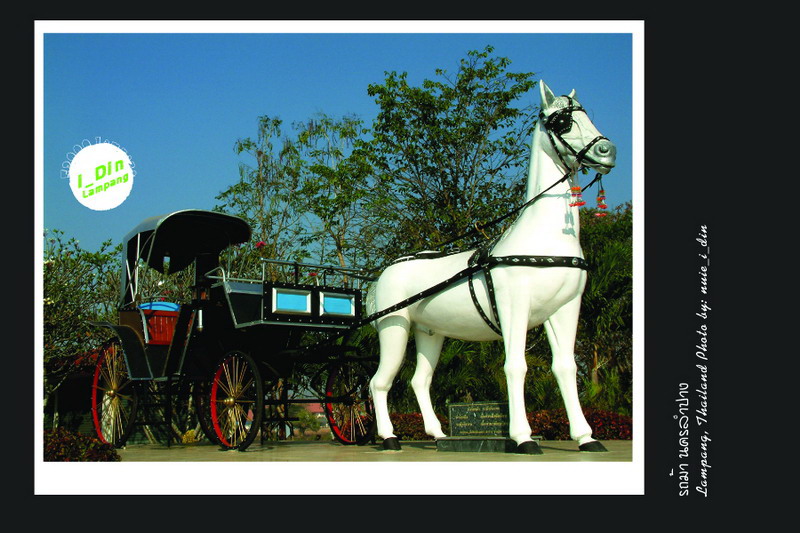



ภาพวาดสะพานรัษฎา ที่จัดแสดงในงาน ขัวหลวงรัษฎา 28 มีนาคม 2552
และภาพจาก http://www.shoponline2000.com/


Lampang is an ancient city of more than 1300 years. It is mentioned in various legends in 11 different names; namely Kukkudnakorn, Lampakappanakorn, Srinakornchai, Nakorn Vieng Kok Wua, Vieng Din, Kelang Nakorn, Nakorn Lampang Kam Kelang, Arlampang, Muang Lakorn, and Muang Nakorn Lampang.
Lampang was built in 680. According in Yonok historical record, a hermit named Suphrom Ruesi built a town for Prince Anantayot, son of Queen Jamadevi of Haripunchai’s Lamphune. The town was first named Kelang Nakorn and then changed into Nakorn Lampang.
In Yonok Chiangsaen period, Nakorn Lampang was governed by Khmer. It was later colonized by Berma and Chaing Mai in the period of King Thonburi about 250 years ago. Later, Lord Tipchang of Lampang has fought for Lamapng independence and established himself as Phraya Sulavaluechaisongkram, King of Lampang in 1736.
In 1764 Prince Kaewfa, son of Lord Tipchang governed Lampang and was the first ancestor of Na Lampang, Na Lamphune and Na Chiang Mai family. Prince Boonyawat Vongmanit was the last ruler of Lampang.
Lampang was announced as a province in Thailand in 1892 in the reign of King Rama V.
Lampang is an important source of minerals and fossil fuels, including lignite, kaolin, marble, granite, ballclay and wolfram.
http://www.lampang.go.th/images/Eng/eng_v.html
http://www.geocities.com/RainForest/7153/lumpang.htm


ไม่มีความคิดเห็น:
แสดงความคิดเห็น